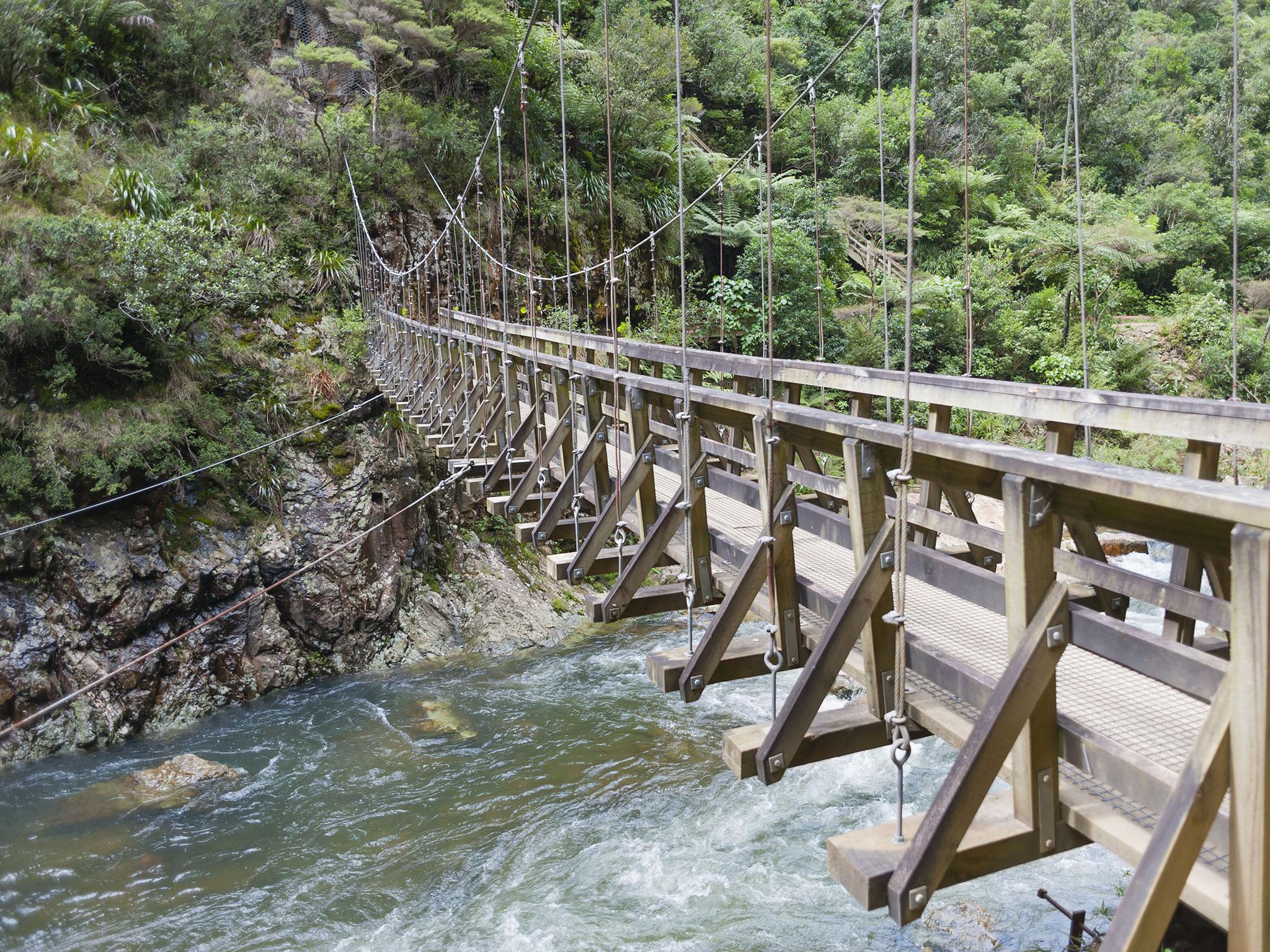Attempts made to protect 'sacred' New Zealand mountain after prospectors find huge seam of gold
'This is public land which has been set aside to protect its ecological values and for recreation'

Your support helps us to tell the story
From reproductive rights to climate change to Big Tech, The Independent is on the ground when the story is developing. Whether it's investigating the financials of Elon Musk's pro-Trump PAC or producing our latest documentary, 'The A Word', which shines a light on the American women fighting for reproductive rights, we know how important it is to parse out the facts from the messaging.
At such a critical moment in US history, we need reporters on the ground. Your donation allows us to keep sending journalists to speak to both sides of the story.
The Independent is trusted by Americans across the entire political spectrum. And unlike many other quality news outlets, we choose not to lock Americans out of our reporting and analysis with paywalls. We believe quality journalism should be available to everyone, paid for by those who can afford it.
Your support makes all the difference.Conservation land deemed "sacred" to an indigenous people of New Zealand’s North Island is at the heart of a stalemate between an anti-mining group and the company New Talisman Gold Mines after a seam of high-quality gold was discovered last week.
The company declared it had discovered over 8,500kg of gold at its Dubbo site in the Karangahake Gorge, located between the Coromandel and Kaimai ranges. It is at the southern end of the Coromandel Peninsula.
The gold is set to be worth tens of millions of New Zealand dollars. Matthew Hill, the company’s chief executive, stated: “The grades that have come out show 21 grams a tonne which in today’s terms one of the top five or certainly one of the top ten in the world.”
New Talisman Gold Mines intends to begin bulk sampling the gold next year. The company’s board will decide from the results what the next step is and whether to mine in the area or not.
Protect Karangahake, an environmental group, expressed concerns for the consequences the mining project would have on the environment.
“The Conservation estate is important. It’s precious for New Zealand and it’s not to be divided and sold off for [the] gold mining industry because they will do nothing but destroy it.
“As we know in the past in Karangahake they devastate the area once the mining starts.”
On 17 July, 30 protesters blocked the mining company from accessing the site for an hour and a half. The conservation group explained they were now doubling their efforts to protect Karangahake Gorge.
Duncan Shearer, head of the environmental group, described their protests: “Sometimes [we go] walking up the mountain track, holding up the vehicles to enjoy the beautiful view. Sometimes we’re doing these big protests that get arranged at quite short notice.”
The Crown, Talisman and Woodstock batteries at the lower end of the gorge are reminders that this area once experienced mining from the 1880s to 1950s. It is currently legal to mine on conservation land if approved by the government and local council, as well as receiving permission from the department of conservation.
Green Party MP Catherine Delahunty criticised the company’s plans to mine on the Karangahake Gorge, telling the Guardian: “This is public land which has been set aside to protect its ecological values and for recreation. It is a sacred mountain to the indigenous people of the area and local residents are actively and peacefully opposing the initial development of the mining activity on the mountain.”
Join our commenting forum
Join thought-provoking conversations, follow other Independent readers and see their replies
Comments